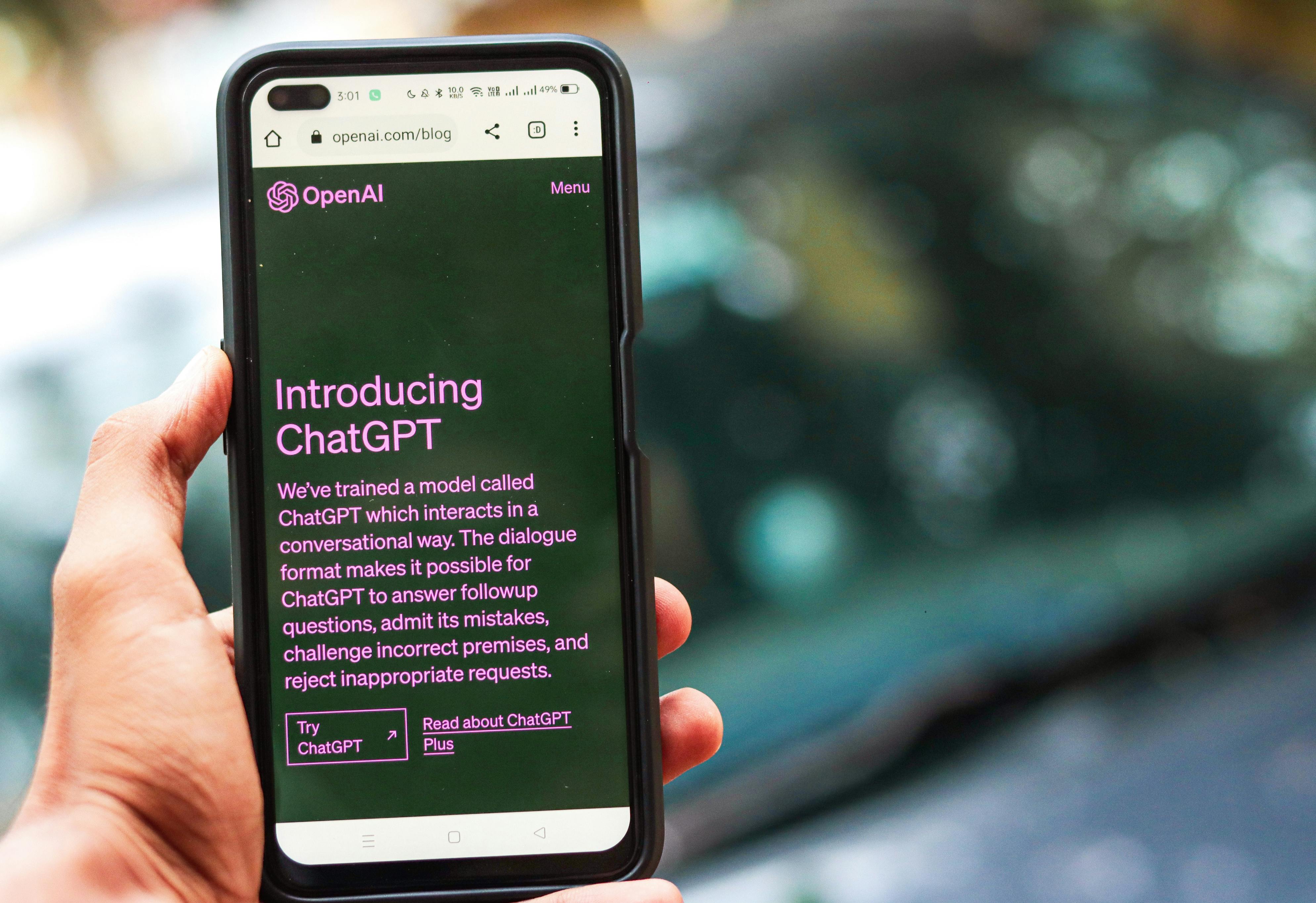
There’s a curious phenomenon brewing in the digital ether, one that touches the very fabric of our shared pop culture memories. Imagine settling in for a cozy evening, perhaps with a cup of cocoa, ready to revisit a cherished childhood memory – not a full TV series, but a commercial. That iconic jingle, that unforgettable catchphrase, that quirky character you loved. You search, you click, and… it’s gone. Vanished into the vast, ever-shifting landscape of online media, leaving behind only a faint echo in your nostalgic mind.
This isn’t just about a few forgotten jingles; it’s a symptom of a much larger, often bewildering shift in how we consume entertainment. Streaming platforms, which once promised an endless, bottomless library of content, are now frequently performing a digital disappearing act. Shows, movies, and yes, even those beloved commercials that became pop culture moments, are being removed without warning. It’s a harsh wake-up call, as the illusion of digital permanence clashes with the harsh realities of licensing costs, tax write-offs, and changing business strategies.
So, prepare to embark on a journey through the archives of advertising history, not just to reminisce, but to unravel a fascinating mystery. We’re going to dive deep into 11 classic commercials that once dominated our prime time TV slots, exploring their undeniable impact on our collective consciousness and, more importantly, piecing together the ‘why’ behind their sudden absence. From dancing raisins to life-changing mints, get ready to rediscover these gems and understand the complex forces that led to their quiet vanishing act. This isn’t just a list; it’s a detective story for the digital age.

1. **Life Call – “I’ve Fallen and I Can’t Get Up”**Few phrases have permeated the American lexicon quite like “I’ve Fallen and I Can’t Get Up.” This single, urgent plea, delivered by an elderly woman in a now-iconic emergency alert advertisement, became an instant cultural touchstone. It wasn’t just a commercial; it was a phenomenon, a sentence that everyone understood, instantly conveying vulnerability and the need for assistance. Long before the internet gifted us viral content, this ad had already achieved meme status, demonstrating the raw power of a simple, direct message to resonate with millions.
The commercial’s genius lay in its directness and emotional impact. It addressed a very real and often frightening scenario for an aging population, offering a practical solution while simultaneously tugging at the heartstrings. It was effective, memorable, and widely parodied, ensuring its place in the annals of advertising history. The imagery of the elderly woman, struggling on the floor, was a potent visual that imprinted itself on the minds of viewers, making the product synonymous with safety and immediate help.
Yet, for all its iconic status, the original Life Call commercial eventually faded from our screens. Its disappearance wasn’t due to lack of impact or shifting audience preferences. Rather, it was a quiet retirement, a consequence of the brand’s natural evolution. As the company behind the service rebranded and updated its offerings, the original ad, a product of its specific time and marketing strategy, was phased out. While the product category endures, that specific, unforgettable cry for help has largely become a relic of a bygone advertising era.

2. **Mentos – The Freshmaker**Oh, Mentos. Just the name conjures images of quirky problem-solving and an undeniably catchy Euro-pop soundtrack. The “Freshmaker” campaign was a masterclass in presenting life’s little dilemmas—a dropped grocery bag, a freshly painted bench—with an almost operatic level of drama, only to have them effortlessly resolved with a simple pop of a mint. These ads were hilariously earnest, embracing their own exaggerated reality where a Mentos could genuinely turn a bad day around.
What made these commercials so compelling was their commitment to the bit. The scenarios were always just a touch absurd, the acting slightly over-the-top, and the music relentlessly upbeat. They tapped into a universal desire for quick fixes and positive outcomes, even if the solutions presented were for minor inconveniences. Popping a Mentos wasn’t just about fresh breath; it was about injecting a dose of optimism and ingenuity into everyday life, transforming awkward moments into triumphant ones with a simple, sweet gesture.
Despite their memorable jingle and distinctive aesthetic, the Mentos “Freshmaker” ads eventually concluded their prime-time run. Like many successful campaigns, they had a specific lifespan, designed to resonate with an audience for a particular period before evolving. As advertising trends shifted and new strategies emerged, the Freshmaker’s particular blend of low-stakes drama and sugary solutions gave way to different approaches. Today, while Mentos are still very much available, those wonderfully earnest vignettes of on-the-spot problem-solving are largely cherished memories for those who grew up in their heyday.
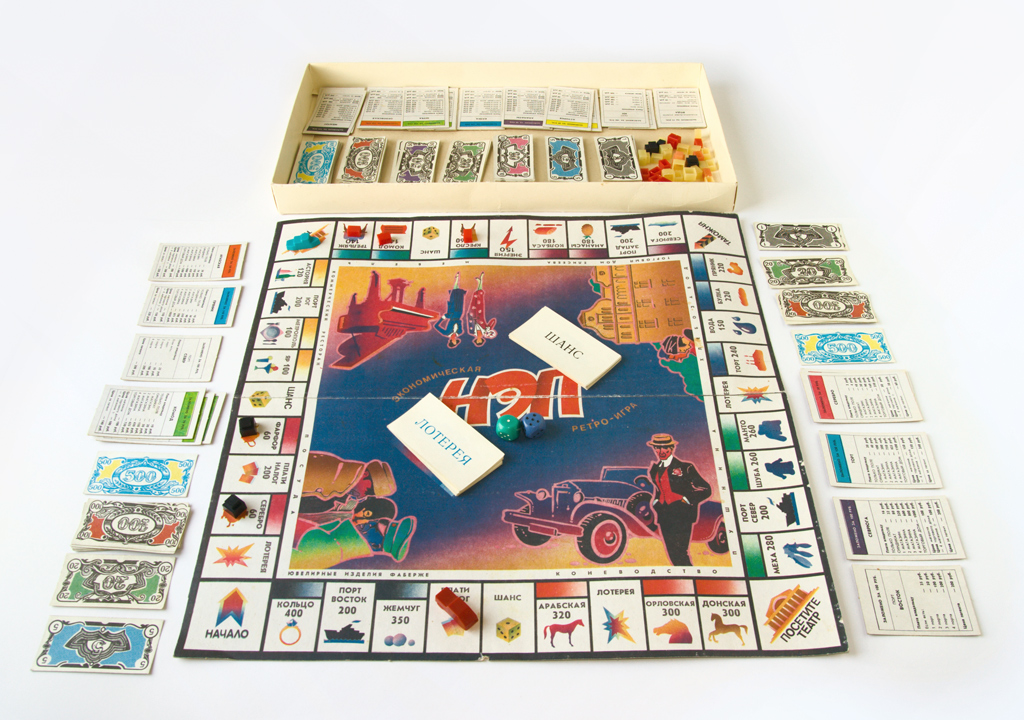
3. **Crossfire Board Game**“CROSS-FIRE! CROSS-FIRE!” If you were a child of the late ’80s or early ’90s, those words, shouted with a guttural intensity, are likely seared into your memory. The commercial for the Crossfire board game was an absolute adrenaline rush, transforming a relatively simple tabletop game into a high-octane battle for glory. It was an iconic piece of toy advertising that understood its audience perfectly: young kids captivated by action, competition, and things that looked incredibly cool.
From the dramatic music that swelled with impending conflict to the deep-voiced narrator who imbued every plastic marble with the weight of a cannonball, this ad was a sensory overload. It featured fast-paced shots of metal spheres whizzing across the game board, accompanied by explosive sound effects that made the stakes feel incredibly high. The message was clear: this wasn’t just a game; it was an arena where only the most skilled and strategic players could emerge victorious. It made you *want* to be in that battle, pushing those levers with furious determination.
Today, the Crossfire board game commercial is a niche memory, primarily among those ’90s kids who either owned the game or desperately wanted it. Its disappearance from prime time is indicative of the ever-changing landscape of children’s entertainment and advertising. Toy companies constantly innovate with new products and marketing campaigns, and even the most unforgettable ads eventually reach the end of their lifecycle. While the game itself might occasionally resurface in retro collections, its iconic commercial has largely become a nostalgic artifact, a testament to a time when toy ads were truly epic.
Read more about: Chrysler’s Timeless Treasures: Iconic Models Primed for a Modern Comeback in an Electrified Era
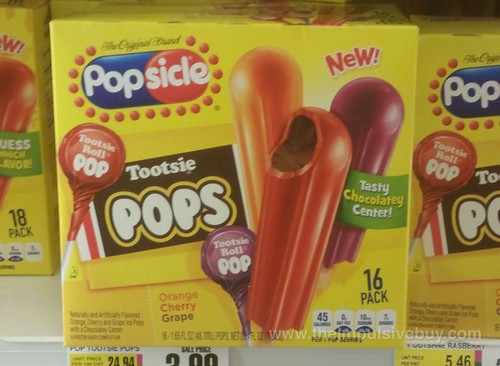
4. **Tootsie Pop – “How Many Licks?”**For generations of candy lovers, the question wasn’t just rhetorical; it was a philosophical quest. The Tootsie Pop commercial, with its simple yet brilliant premise, invited viewers into a charming animated world where a curious little boy sought to answer the age-old question: “How many licks does it take to get to the Tootsie Roll center of a Tootsie Pop?” His journey for an answer led him through a barnyard of animal experts, including a Fox, a Turtle, and ultimately, a wise, if impatient, Owl.
This animated ad possessed an enduring charm rooted in its simplicity and relatable curiosity. It tapped into a universal childhood experience of trying to figure things out, especially when it came to candy. The gentle humor, the distinct voice acting, and the memorable jingle created a comforting and familiar presence on television screens for decades. It wasn’t flashy or aggressive; it simply presented a delightful conundrum and invited audiences, especially young ones, to ponder it themselves, making the Tootsie Pop an interactive experience even before unwrapping.
Despite its legendary status and the fact that Tootsie Pops remain a beloved candy, the “How Many Licks?” commercial is a rare sight on modern television. Its long run eventually concluded as advertising strategies for confectionary shifted. While the candy maintains its appeal, the classic ad, like many long-standing campaigns, has given way to newer marketing efforts or simply faded from active rotation. It exists now more as a cultural reference point and a warm memory, rather than a regularly aired prime-time staple, a true testament to its lasting impression.
5. **Ginsu Knives**“But wait, there’s more!” This phrase, delivered with enthusiastic conviction, became the unofficial mantra of the Ginsu Knives infomercial. In an era before streaming and endless on-demand content, these longer-form commercials captivated audiences with their audacious demonstrations and high-pressure sales tactics. The Ginsu Knives ad wasn’t just selling cutlery; it was selling a legend, promising kitchen mastery with a set of seemingly miraculous blades that could tackle any culinary challenge, and then some.
The commercial’s true magic lay in its dramatic, almost unbelievable, product demonstrations. Viewers watched, mesmerized, as these knives effortlessly sliced through thick rope, perfectly cut a ripe tomato, and, most famously, neatly diced a tin can without losing their edge. It made the knives appear not merely sharp, but truly invincible—like magic tools. The fast-paced editing, the excited narration, and the constant escalation of benefits (that famous “but wait, there’s more!” tagline) kept viewers glued, creating a sense of urgency and perceived value.
The classic Ginsu Knives infomercial, once a ubiquitous presence on late-night and daytime television, has largely vanished from regular broadcast. Its disappearance reflects the evolution of direct-response marketing and the broader shift in media consumption. While the concept of infomercials endures, the specific style and prevalence of the original Ginsu ad, with its particular blend of sensationalism and hard sell, belong to a different era. Today’s audiences are accustomed to more sophisticated, nuanced advertising, making this iconic, no-holds-barred sales pitch a nostalgic artifact that reminds us of a simpler, louder time in television advertising.
Read more about: More Than Just Nostalgia: How 90s Infomercials Shaped a Generation and Found New Life in the Digital Age

6. **California Raisins**Who would have thought that a group of claymation raisins, grooving to classic Motown hits, could become a global sensation? The California Raisins campaign, launched in the mid-1980s, was a truly ridiculous premise on paper, yet it soared to unimaginable heights of popularity. These animated characters didn’t just sell dried fruit; they became bona fide pop culture icons, spawning merchandise, TV specials, and even hit records. It was a marketing triumph, proving that creativity and a killer soundtrack could transform an everyday snack into a superstar ensemble.
The appeal of the California Raisins was undeniable. Their smooth dance moves, soulful expressions, and infectious renditions of Motown classics like “I Heard It Through the Grapevine” were utterly captivating. The claymation technique gave them a unique, tactile quality that stood out in a sea of traditional animation. They brought joy and an unexpected coolness to a product that might otherwise have been considered mundane, proving that even a simple agricultural commodity could have star power with the right artistic vision.
However, like many phenomenon, the California Raisins campaign eventually dried up. Its immense popularity, while fantastic for the brand, also meant it had a specific cultural moment. As newer marketing trends took hold and consumer tastes evolved, the novelty of the dancing raisins began to wane. While their legacy as cultural touchstones remains strong, the original commercials ceased to be a regular fixture on television. They serve as a vibrant reminder that even the most beloved campaigns have a finite lifespan, eventually giving way to the next big idea in the ever-shifting world of advertising.
As we continue our deep dive into the disappearing acts of beloved commercials, it’s clear that these vibrant snapshots of our past weren’t just selling products; they were selling moments, feelings, and a shared cultural vocabulary. The magic of prime-time advertising lay in its ability to embed itself into our collective consciousness, creating memories that linger long after the jingles fade. Let’s unearth five more of these unforgettable gems and explore the stories behind their vanishing acts before we delve into the larger, more complex reasons why so much of our digital entertainment feels increasingly ephemeral. We’re not just chasing ghosts of jingles past; we’re understanding the economics of nostalgia.
Read more about: Honestly, What Happened? 15 Once-Beloved American Foods That Vanished from Our Tables
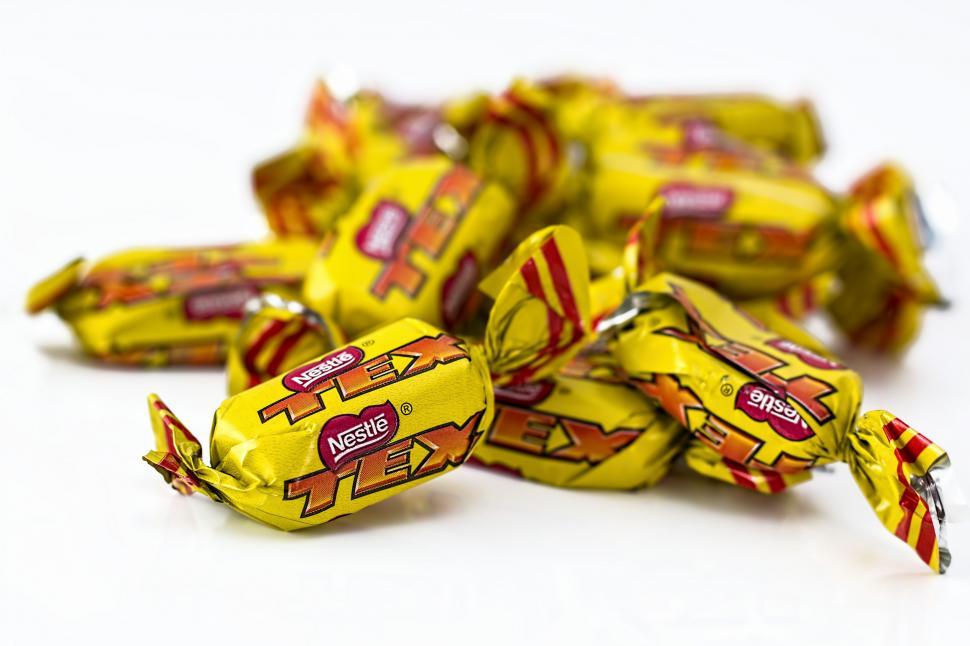
7. **Nestlé Alpine White Chocolate**Imagine a world where a candy bar wasn’t just a treat, but an escape into a serene, almost ethereal realm. That’s precisely what the Nestlé Alpine White Chocolate commercial offered. Set to dreamy, ambient music and featuring visuals that moved in a languid slow-motion, this advertisement managed to imbue a simple confection with an air of romanticism and sophistication. It wasn’t about a quick sugar fix; it was about experiencing a moment of pure, unadulterated bliss, a brief respite from the everyday with every creamy bite.
The commercial’s genius lay in its subtle, almost hypnotic allure. It didn’t rely on catchy jingles or boisterous characters; instead, it crafted an emotional experience. The soft focus, the gentle movements, and the evocative soundtrack all conspired to make the Alpine White bar feel less like a mass-produced candy and more like a premium, indulgent pleasure. It promised a delicate sweetness that was as much about the feeling it evoked as the taste itself, drawing viewers into a sensory journey that elevated the humble chocolate bar.
Yet, like a fleeting dream, both the Nestlé Alpine White chocolate bar and its enchanting commercial disappeared from our screens in the early ’90s. Its quiet exit wasn’t a failure of advertising but rather a reflection of shifting consumer preferences and perhaps a brand decision to streamline its product line. Today, the memory of this dreamy ad and its distinctive white chocolate remains a fond, nostalgic echo for those who experienced its brief, romantic reign on television.
Read more about: The ’80s Mystery: 14 Candy Bars That Vanished From Convenience Stores
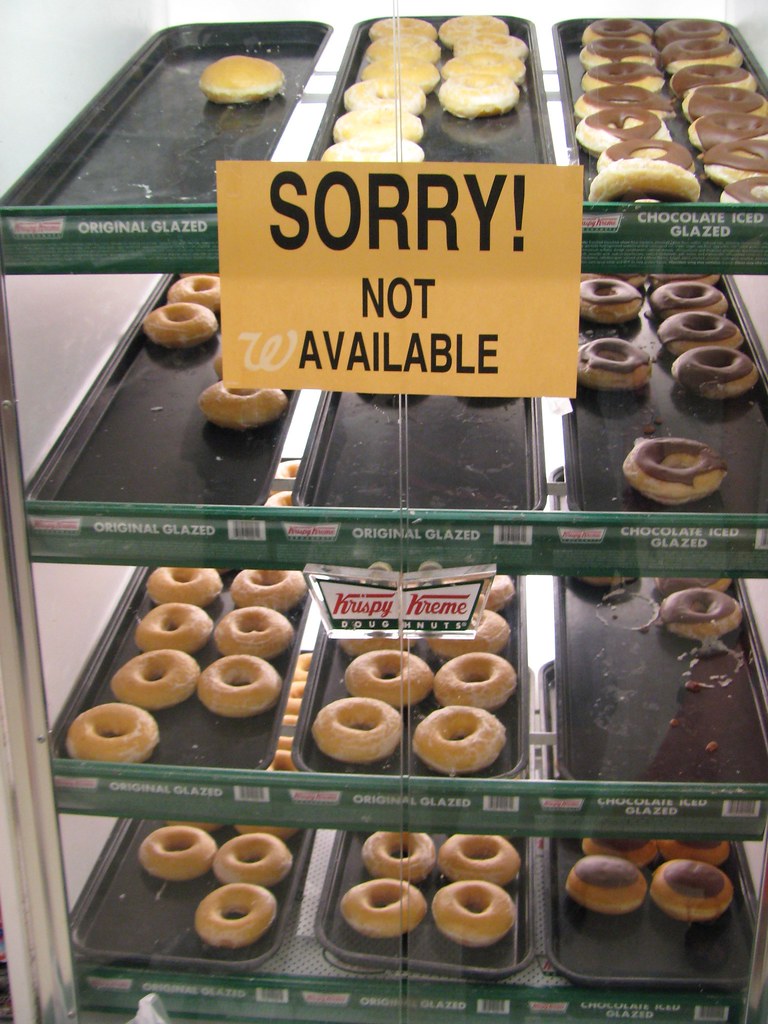
8. **“Time to Make the Donuts” – Dunkin’ Donuts**For nearly two decades, the weary but dedicated figure of Fred the Baker became a comforting, almost paternal presence in American households. His iconic catchphrase, “Time to make the donuts,” delivered in a gravelly, resigned tone, perfectly encapsulated the tireless spirit of a craftsman dedicated to his trade. The Dunkin’ Donuts commercials featuring Fred weren’t just about selling coffee and pastries; they celebrated the everyday hero, the early riser who ensures the world gets its fresh start.
The routine presented in these ads was profoundly relatable. Fred would shuffle out of bed in the dark, don his baker’s whites, and head to the donut shop, always with that singular purpose: “Time to make the donuts.” This repetitive, reassuring narrative built a profound sense of trust and familiarity with the Dunkin’ brand. It suggested that behind every fresh donut was an unwavering commitment, a silent promise of quality delivered day in and day out, rain or shine. It highlighted the value of hard work and consistency in a simple, endearing way.
While Fred the Baker retired from his advertising duties in 1997, marking the end of a legendary campaign, his legacy lives on. The catchphrase became part of the cultural lexicon, a shorthand for diligent, unwavering effort. His disappearance from prime time wasn’t due to flagging popularity, but rather a strategic decision by Dunkin’ Donuts to evolve its brand image for a new generation. Yet, for many, the phrase still conjures images of freshly baked goods and the comforting thought that somewhere, Fred is still muttering, “Time to make the donuts.”
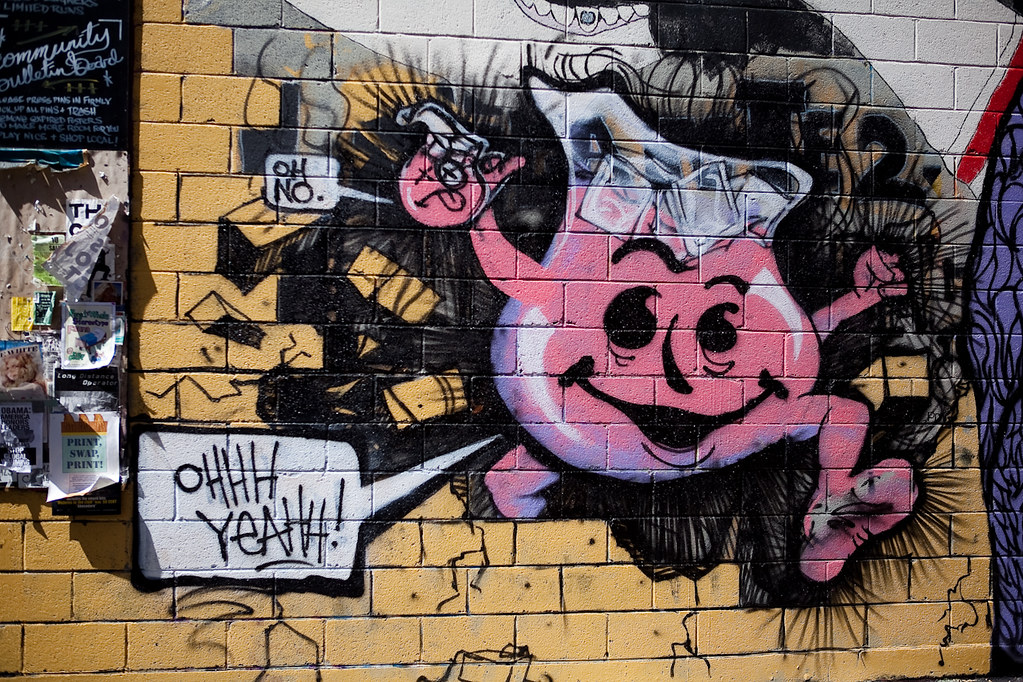
9. **Kool-Aid Man Crashing Through Walls**“Oh yeah!” If those two words don’t instantly summon the image of a gigantic, smiling pitcher of red sugary drink bursting through a brick wall, you might have missed one of the most gloriously over-the-top advertising campaigns in history. The Kool-Aid Man was not subtle; he was a force of nature, a juggernaut of refreshment who solved every thirsty child’s dilemma by demolishing obstacles in his path. It was an audacious, almost absurd concept, yet it worked brilliantly, selling a saccharine beverage with an unforgettable bang.
The spectacle of the Kool-Aid Man’s entrance was equal parts terrifying and hilarious. Kids would be playing, hot and bothered, when suddenly, a wall – be it brick, wood, or even a flimsy fence – would explode inwards, revealing the giant, benevolent pitcher. His booming “Oh yeah!” was a promise of instant gratification, a joyous declaration that thirst was about to be conquered. The sheer impact of these ads ensured they stood out, creating a character that was instantly recognizable and eternally popular with its target demographic.
This larger-than-life character became a cultural icon, embodying the pure, unadulterated fun and vibrant energy associated with childhood summers. The advertisements were a masterclass in capturing attention through sheer, unexpected visual drama. They understood that to sell a bright red drink, you needed an equally bright and impactful messenger, one who literally broke down barriers to deliver his product.
Though the Kool-Aid Man still exists in various forms and iterations, the classic commercials featuring him literally crashing through walls have largely been retired from their prime-time omnipresence. As advertising evolved, so too did the brand’s approach to marketing, opting for different styles that perhaps favored less property damage. However, the image of that smiling pitcher and his joyous exclamation remains a potent symbol of a more boisterous, less constrained era of children’s advertising.

10. **Toys “R” Us – “I Don’t Want to Grow Up”**For generations of children, the Toys “R” Us jingle was more than just a song; it was an anthem, a defiant declaration against the inevitable march of adulthood. “I don’t wanna grow up, I’m a Toys “R” Us kid!” echoed through living rooms during Saturday morning cartoons, promising a magical kingdom where imagination reigned supreme and the endless aisle of toys was a child’s ultimate dream. This commercial tapped directly into the core desire of every kid: to extend the joy and wonder of childhood indefinitely.
The ad’s genius lay in its ability to articulate a universal sentiment. It wasn’t merely showcasing toys; it was selling an experience, a lifestyle where play was paramount and growing up felt like an optional, undesirable future. The jingle was catchy, the visuals vibrant, and the overall message resonated deeply with its target audience. It cemented Toys “R” Us as the ultimate destination, a sanctuary for play that parents were almost compelled to provide for their eager children.
Sadly, with the eventual shuttering of most Toys “R” Us stores in the U.S., this nostalgic anthem has largely vanished from the airwaves. Its disappearance is more than just an ad fading out; it marks the end of an era for a beloved retail giant and a cultural touchstone for millions. The jingle, however, remains etched in the memories of those who were once “Toys “R” Us kids,” a bittersweet reminder of a time when the biggest worry was choosing which toy to ask for.

11. **Folgers – “Best Part of Wakin’ Up”**Few advertising jingles have achieved the sheer ubiquity and longevity of Folgers’ “The best part of wakin’ up is Folgers in your cup!” It wasn’t just a catchy tune; it became practically a morning mantra, a familiar and comforting soundscape for countless American households for decades. These commercials skillfully intertwined the aroma of brewing coffee with warm, family-themed scenarios, establishing Folgers not just as a beverage, but as an integral, cherished part of the morning ritual.
The ads consistently depicted wholesome, relatable scenes: families gathering, loved ones sharing quiet moments, and the inviting scent of Folgers coffee serving as the catalyst for a perfect start to the day. The message was clear and consistent: Folgers was the comforting constant, the dependable presence that made mornings brighter and more welcoming. This sentimental approach fostered a deep emotional connection with consumers, making the coffee synonymous with home, warmth, and togetherness.
While Folgers coffee remains a staple on grocery store shelves, the classic iterations of the “Best Part of Wakin’ Up” commercials have, like many long-running campaigns, brewed their last. Their long, successful run eventually concluded as advertising strategies evolved and new marketing approaches took hold. Today, while the jingle itself might still be hummed by nostalgic adults, the sight of those specific, beloved family-focused ads is a rarity on modern television, existing more as a cherished memory than a regularly aired prime-time staple.
—
### The Great Streaming Correction: Why Our Digital Libraries Are Shrinking
We’ve just journeyed through a nostalgic gallery of commercials that once defined prime-time television. But their quiet disappearance from our collective consciousness is actually a microcosm of a much larger, and far more unsettling, trend impacting the entire landscape of digital entertainment. Remember the initial promise of streaming? An infinite, always-available library of every show and movie imaginable. It felt like owning a piece of the digital universe. Yet, as many of us have experienced, that illusion is rapidly dissolving. Shows and movies – even critically acclaimed originals – are vanishing, often without a whisper of explanation. This phenomenon isn’t random; it’s a direct symptom of what industry insiders are calling “The Great Streaming Correction.”
This isn’t merely an industry adjustment; it’s a fundamental resetting of consumer expectations about the true cost and nature of streaming entertainment. The early days of streaming were a “gold rush,” where platforms prioritized relentless subscriber growth at almost any cost. Billions were poured into content, often resulting in steep financial losses. But Wall Street’s patience has worn thin, and the strategic focus has dramatically pivoted from chasing subscriber numbers to achieving tangible profitability. This means hard decisions are being made about what content stays and what goes, revealing a brutal financial calculus behind our seemingly endless entertainment options.
#### The Business Behind the Disappearing Act
Streaming platforms, despite their veneer of boundless content, are first and foremost businesses driven by careful financial decisions. The truth is, whether it’s licensing costs, tax write-offs, or corporate restructuring, removing content often boils down to saving money. When a media giant like Warner Bros. Discovery merged and rebranded HBO Max to “Max,” part of that restructuring involved slashing costs, which quietly led to the removal of older shows like *Looney Tunes* to reduce streaming fees and licensing obligations. This isn’t just about cartoons; entire shows, documentaries, and even recently produced originals have vanished overnight, leaving audiences in the dark and questioning the permanence of digital media.
One of the most significant forces at play is the complex web of **licensing agreements**. Most classic TV shows you find on streaming services are not owned by the platforms themselves. Instead, services lease them for a limited time. When these deals expire, platforms face a choice: renegotiate at potentially higher costs or remove the content. If a studio decides it wants to feature a series on its *own* branded service, it will pull back the rights, creating a constant shuffle where even beloved series can vanish without warning. This is precisely why a lot of the music, or “needle drops,” from shows like *Veronica Mars* or *The Sopranos* can disappear from streaming versions – the original broadcast licenses didn’t account for perpetuity on digital platforms, and renegotiating later becomes prohibitively expensive or impossible.
Adding to this complexity is the trend of **studios taking back their content**. The proliferation of exclusive platforms like Paramount Plus, Peacock, and Disney Plus signals a major shift. Media companies that once happily licensed their old shows to third-party streamers are now reclaiming them to bolster their own subscription offerings. A comedy from the 1990s that once lived on Netflix might now be locked behind a paywall on a studio-owned app, fragmenting the streaming landscape and forcing viewers to juggle multiple subscriptions to access what they once found in one place. It’s a strategy meant to increase subscribers, but it’s undoubtedly a pain point for consumers.
Then there’s the often-underestimated factor of **cost cutting**. When platforms face budget cuts or investor pressure, trimming content is a quiet but effective way to save on residual payments, hosting fees, or renewal costs. Classic TV shows can become easy targets because, despite their loyal fanbases, they may no longer pull the high viewership numbers that justify their expense compared to newer, exclusive content. Even if the fans love them, if the numbers don’t add up, platforms may deem them no longer worth keeping on the digital shelf. The concept of “mailbox money” from physical media like DVDs helped extend music licenses in the past, but streaming’s model doesn’t always account for these costs, leading to replacement by cheaper “library music.”
**Residual payments**, in particular, are becoming prohibitively expensive. Every time an episode streams, creators, writers, and actors often receive payments that, for long-running series, can add up significantly over time. To cut down on these recurring costs, some platforms choose to remove the content entirely, opting instead for cheaper, in-house productions that avoid those fees. Even successful shows from the early 2000s can become financial liabilities if the payout requirements are too steep, causing them to disappear from our screens despite their cultural impact.
**Streaming data also reveals that viewers watch what’s new**. While nostalgia is a powerful draw, the majority of user clicks gravitate toward trending or exclusive content. Platforms prioritize what keeps viewers engaged and attracts new subscribers. An iconic series from the 1980s, no matter how beloved, may not generate enough engagement to hold its spot on a modern platform. This means that shows once considered timeless might lose out to newer series, even if they were ratings giants in their network TV heyday.
Perhaps more controversially, **some shows face cultural and legal issues**. As societal norms evolve, content with outdated portrayals or problematic themes is being reevaluated. Platforms may choose to pull episodes or entire series if they anticipate backlash or legal trouble. Rather than attempting to edit or provide contextual warnings for content containing racial stereotypes, insensitive humor, or depictions that no longer align with a company’s brand values, many companies prefer to quietly remove it to avoid controversy altogether.
In what might seem counterintuitive, **streaming libraries are actually getting smaller on purpose**. Rather than offering an exhaustive catalog, many platforms are curating a more selective collection that better reflects their brand identity. This makes the platform easier to market and reduces the strain on licensing costs and cloud storage. This shift aligns with the growing emphasis on original content, which platforms can fully own and control. The downside, of course, is that familiar favorites from decades past are increasingly getting left out of this streamlined, curated vision.
This leads directly to **original content taking priority**. Streaming platforms are investing heavily in their own productions because exclusive series and films are powerful magnets for new subscribers. This focus often comes at the expense of older, licensed shows. A classic drama might get pulled to make room for the next big original release. Over time, platforms become less about offering vast archives and more about showcasing their latest hits, a business model that leaves little room for reruns or retro programming, no matter how loyal the fanbase may be.
Finally, **audience demand is shifting**. Younger viewers, the driving force behind many streaming trends, often aren’t watching the same shows their parents did. While some classic sitcoms have found renewed popularity, others struggle to stay relevant in a fast-paced digital landscape driven by social media trends and short-form content. If a show doesn’t trend or generate discussion, it may be quietly removed. Streaming companies follow the data, and if a classic show fails to capture the attention of younger users, it risks losing its place in the digital library.
#### What Can Viewers Do? Preserving Your Digital Treasures
The future of classic TV, therefore, might be **niche**. As mainstream platforms move away from older content, a new market is opening for specialized services. Some apps and websites are now dedicated to retro television, often ad-supported, offering a new home for shows no longer available elsewhere. These platforms cater to loyal viewers willing to subscribe or endure ads just to rewatch their favorites, highlighting a growing divide between content made for mass appeal and content preserved for cultural value. This could be where our vanished commercials and shows ultimately find a lasting, if less visible, home.
While we can’t stop platforms from making business decisions, we *can* be smarter about how we access and preserve the content we love.



